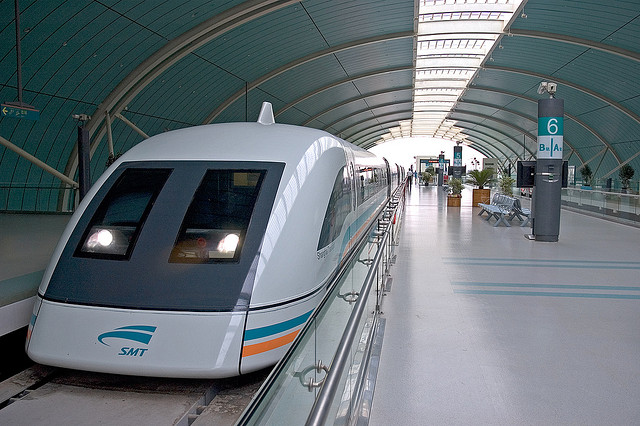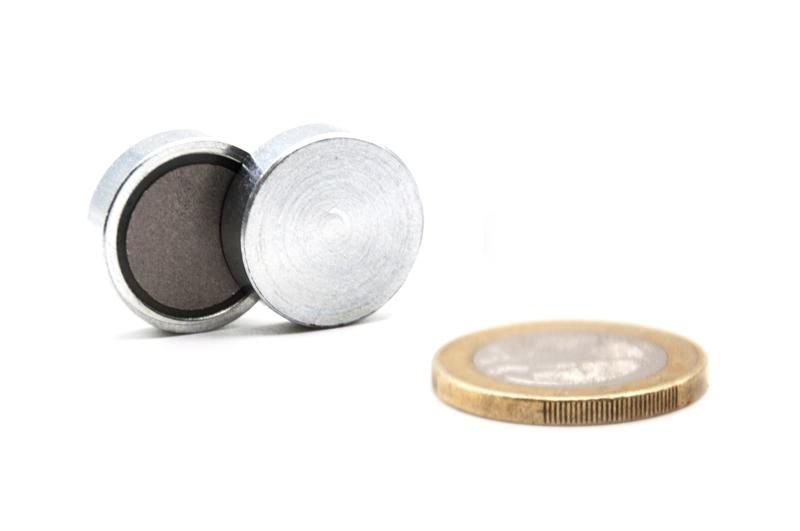Maglev, the train that levitates with permanent magnets
Japan is rejoining the high-speed train race with a magnetic levitation train, i.e. a "Maglev", short for magnetic levitation. This means that this type of train floats thanks to permanent magnets replacing the iron previously used in the tracks. These permanent magnets are very similar to the ones we manufacture at IMA Magnet Factory.
The Maglev has broken the world speed record by reaching 603 Kp/h and managed to stay above 600 Kp/h for 11 seconds. Unlike conventional trains and railways, the Maglev has no tracks, which allows it to reach such speeds. Friction with the tracks made it impossible for the train to reach such a high speed.
How does the Maglev train work?
The magnetic levitation train travels inside a u-shaped concrete beam-guideway. It is held in the air by powerful electromagnets that guide, propel and hold it in the air, making it the first train that flies. As Iñaki Barrón, director of High Speed at the International Union of Railways, explains: "The technology is based on the simple principle of magnetic attraction and repulsion: the two poles of a magnet attract if they are of different signs and repel if they are of the same sign. The operation of electric motors is based on the same principle. However, a different form is applied to them. This is known as electromagnetic propulsion".
The train has three basic components: a large electrical power source, metal coils lining the tracks, and magnets underneath the train. The difference between the Maglev and the ordinary train lies in the absence of a motor, in addition to the electrical power found in the metal spirals in the concrete guideway, creating a magnetic field that allows the train to move. At its base, other permanent magnets cause the train to float when it reaches at least 100 km/h. As it accelerates, wheels support it and are removed only when the train floats.
Photo courtesy Railway Technical Research Institute
The maglev train competition
A strong competitor to the maglev train has emerged, the "Transrapid". Germany has also developed a magnetic train, but it uses a different technology. The back of the German train wraps around the metal tracks. Electromagnets sit on top of the tracks underneath the train, allowing it to levitate by a centimeter, even when stationary.
The main difference is that the Japanese train uses superconducting magnets, which emit electricity even when the power supply has been switched off. They achieve this by freezing the metal coils at very low temperatures to save energy, but this cryogenic system is not very convenient because of its high price.
Currently, the only commercial Maglev train in operation is in Shanghai (China) and is based on the one developed in Germany. Other countries have plans to build such trains, but many are constrained by the economic costs. It is only a matter of time before Maglev trains are built in several areas and the costs become cheaper.
Who knows, maybe in a few years we will be able to go from Barcelona to Paris in only 2 hours.








